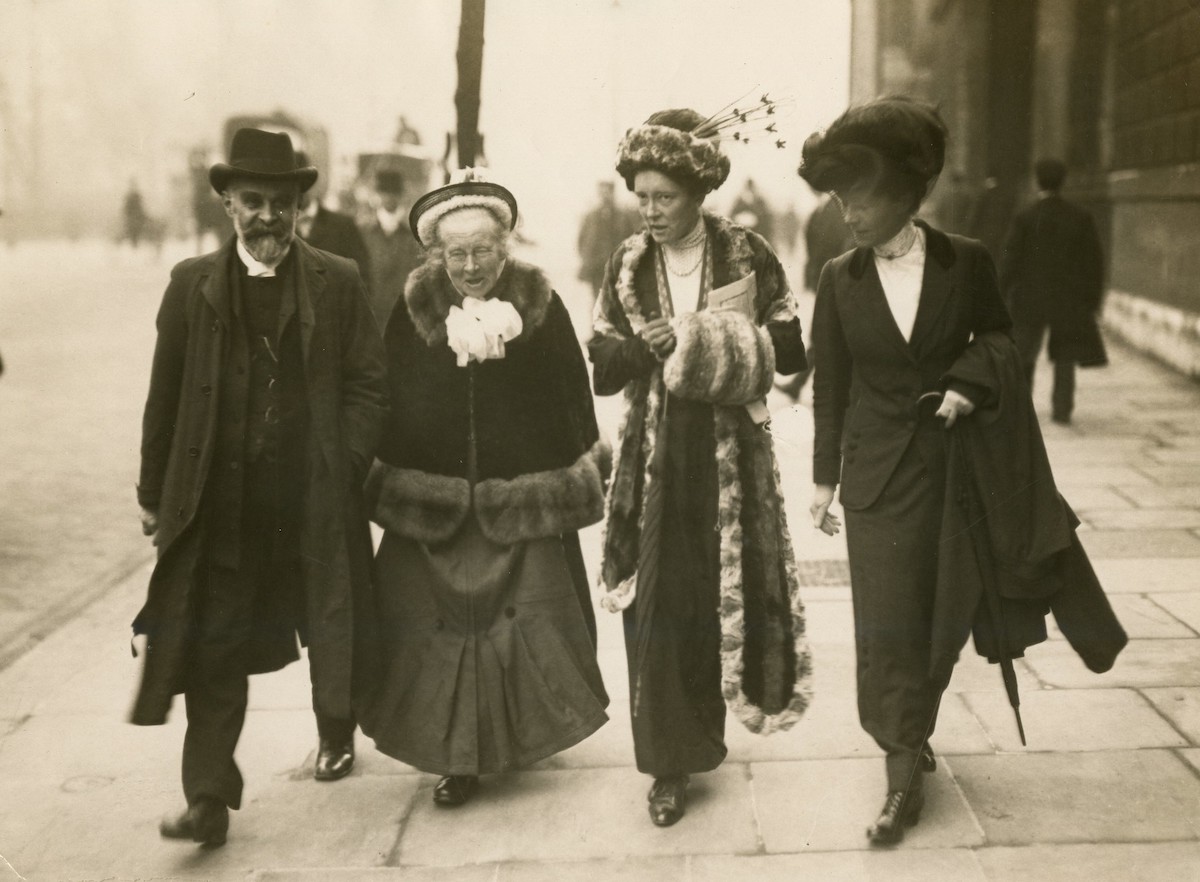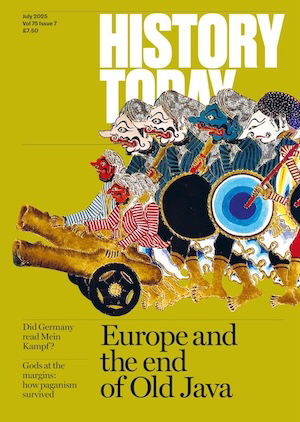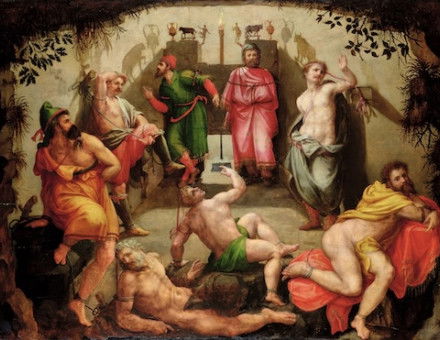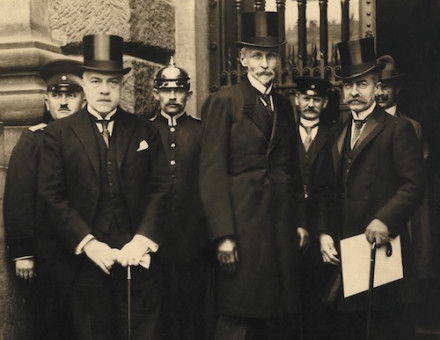Aldeburgh’s First Lady
On November 9th, 1908, Aldeburgh unanimously elected as their leader Mrs Elizabeth Garrett Anderson, who became Britain’s first female mayor.

On November 9th, 1908, Aldeburgh’s councillors gathered in the timber-framed Moot Hall, a few yards from the North Sea. They unanimously elected as their leader Mrs Elizabeth Garrett Anderson, who duly became Britain’s first female mayor. Her first act was to send a telegram of congratulation to Edward VII, it being the king’s birthday.







